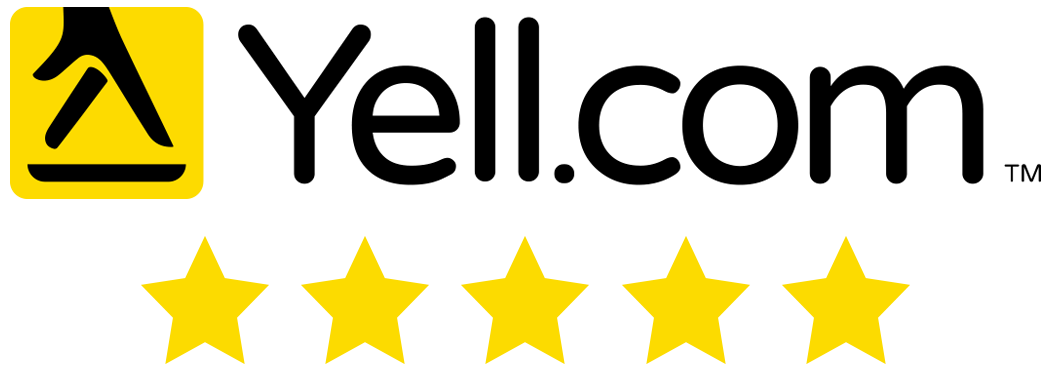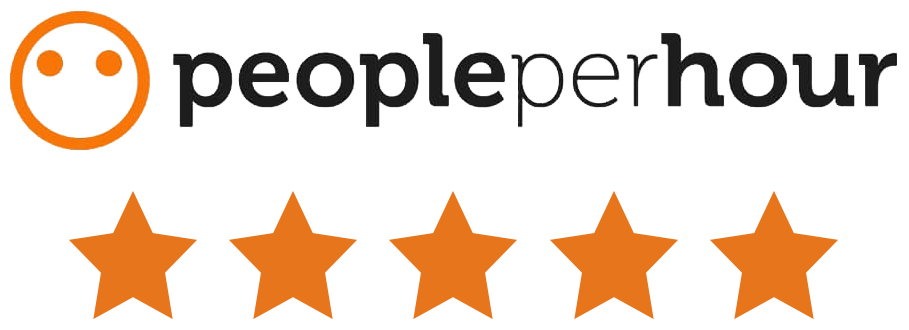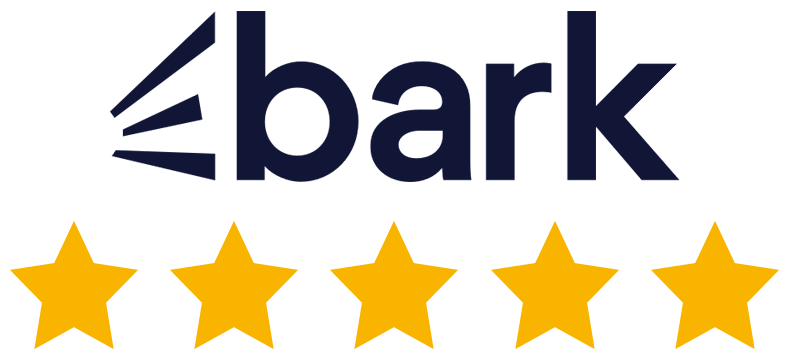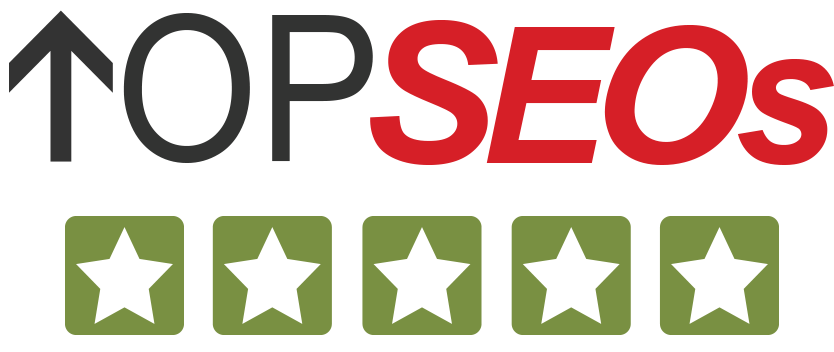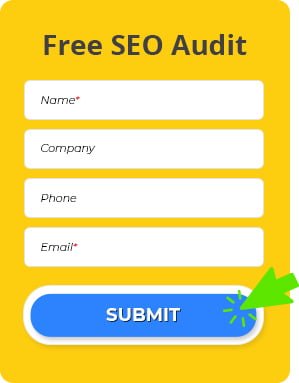The Best Techniques For Image Optimisation
- 4 October, 2019
- Jason Ferry
- Image Optimisation

Because people respond more to visuals, the value of using high-quality images should not be ignored in SEO. Image optimisation can be the key to getting more organic visibility and inbound leads for websites.
Adding alt text, titles, captions, and file names to pictures for textual descriptions is a popular image optimisation method that webmasters and SEO companies use. This makes it easier for search engines to find and index images to the appropriate keywords. However, since crawlers are getting better at identifying visual information, people have come up with new ways to improve this process:
- Using the appropriate image formats makes a difference in quality and loading speed. Not doing so will result in images that are too large.
- Make sure your image sizes are as small as possible without compromising quality. This ensures that your website will look good and load fast.
- Your images should be correctly resized for all types of devices for seamless user experience.
- Lazy loading makes it so unseen images don’t load right away, making loading times faster.
- A Content Delivery Network lets you send pictures from locations closer to the user for increased website performance.
- You can cache your website’s frequently used images to the user’s device to increase loading speed.
- Adding an image sitemap or structured data will also help crawlers find your pictures faster.
Improve your website’s image optimisation, and you can expect it to rank higher on search engines.
The tips in this blog post were taken from https://www.searchenginejournal.com/imagekit-image-seo-tool/325725/. To learn more about how to optimise images, visit this link.
If you want your website to get to the top of the search engine rankings, you will need the expertise of true professionals in the field. Position1SEO offers affordable SEO that will help your business get to where it needs to be.



